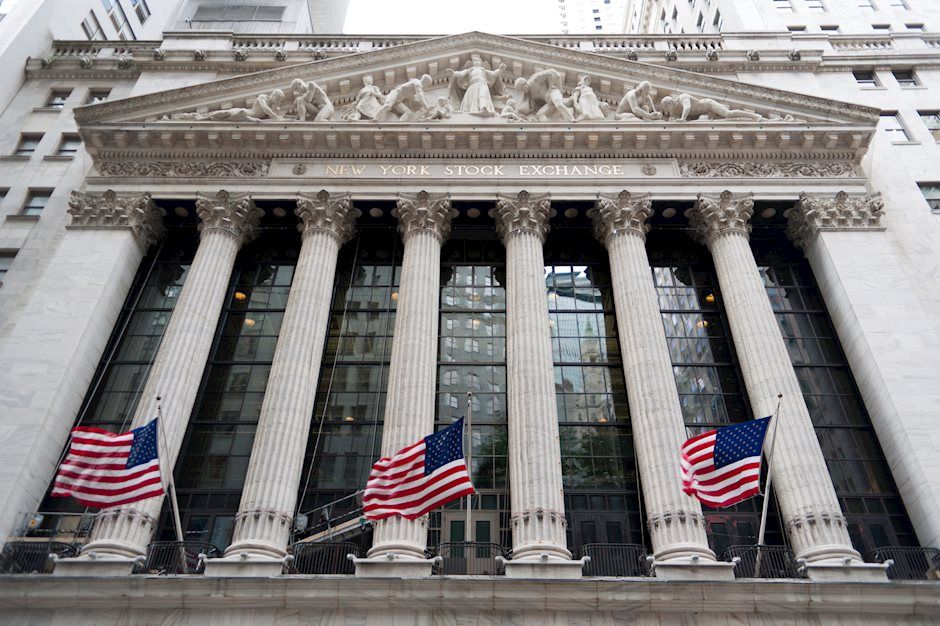Fears of another financial crisis are well-founded – Natixis

Financial crises occur following a period during which three types of imbalances combine. Macroeconomic imbalances, regulatory imbalances and behavioural imbalances. The three imbalances needed for the next financial crisis to take place are present today, according to analysts at Natixis.
Cause for concern
“There are again signs today of confluent macroeconomic, regulatory and behavioural imbalances. This is cause for concern, as the simultaneous presence of these three forms of imbalance has led to financial crises in the past.”
“Central banks are increasingly being caught in the same trap: in the wake of a crisis, they do not want to use policies to prevent the occurrence of a financial crisis and prefer to wait for the crisis to break out before responding. This explains the macroeconomic imbalance and some of the regulatory imbalance, as investors rotate into risky assets and risk premia are squeezed.”
Author

FXStreet Insights Team
FXStreet
The FXStreet Insights Team is a group of journalists that handpicks selected market observations published by renowned experts. The content includes notes by commercial as well as additional insights by internal and external analysts.

















